How to be Proactive with Building Codes and Zoning Laws
Being proactive with tiny home building codes and zoning laws means to act in advance of anticipated events.
Most folks in tiny home circles view building codes as something to get around, and code enforcement officers as someone to avoid. We’ve learned to anticipate a negative reactions from government entities to tiny houses. In fact, one of the main reasons tiny houses on trailers came to be was to skirt around frustrating building and zoning laws. But things are changing.
You may be able to save yourself countless headaches and thousands of dollars by understanding not only codes and zoning, but the human dynamics you are sure to encounter.
- Act BEFORE you develop your dream
- Learn the terminology that defines your proposed build
- Focus on a broad goal
- MAKE THE CODE ENFORCEMENT OFFICIAL YOUR FRIEND
- Always be agreeable and appreciative
- Don’t forget the fire inspector
- Then there’s the homeowners association
- Deciding to be a bandit
Act before you develop your dream
Before you’ve determined a type of house you want to build and long before you’ve purchased land, you need to talk with the players involved.
Learn the terminology that defines your proposed build
Because you can anticipate a lot of push back when trying to live legally in a tiny house on wheels, it’s better to refer to your THOW as a “movable” home. Some regulations have laws concerning these “ready removables.”
Other terms for small dwellings found in zoning and building codes are Accessory Dwelling Unit (ADU) if the tiny home is on property occupied by a regular house. “Cabin” and possibly “worker cabin” are widely recognized in this context. Using a term already identified will help the local inspectors know what code to apply.
Some cities and Colorado have finally added tiny homes to their building codes. Your local inspectors might not be fully aware of Appendix-Q that was adapted into the International Residential Code. You can’t just wave a copy in their face and insist they comply. You may need to get on the agenda of a County Commissioner meeting and present Appendix-Q, asking them to adopt it into their recognized building codes.
Focus on a broad goal
Your main goal may be inexpensive housing, smaller carbon footprint, and/or freedom from utility bills. Before you decide that a tiny house on wheels is the only solution, you need to talk to the people you fear and confront the laws head-on.
You might find out that:
- No, you can’t build a THOW, but you can build a 600 sq/ft cabin on a foundation.
- You can’t build it on that lot, or in that county, but you could build it in the neighboring county or township.
- No, you can’t use a composting toilet, but here is a good alternative.
- You’re not allowed to drill a well, but rain catchment might work for a water source.
There are many alternatives to get you closer to your goals. It might not be exactly what you envisioned, but it’ll work. Your dream is much easier to adjust if you haven’t already written it in stone.
Make the code enforcement official your friend
Visit the receptionist at the planning and zoning department. They will be able to tell you the regulations affecting the property you hope to inhabit. See if you can design your project to meet the codes. Make a list of items where your plans don’t line up with the regulations.
Arrive at the planning office with an open mind, and the goal of building within the rules will endear you to the building inspector. They don’t look forward to having to battle with citizens. Imagine their relief when you turn out to be someone understanding, whose goals align with theirs.
The inspectors I’ve encountered have always been willing to spend time helping me get the job done right. Their attitude is much better when they see me doing my best to abide by the rules. It is always way easier to ask them how they want something done before I build it, rather than having to change it.
They might not be aware of Appendix-Q, or it might not have been adapted yet. If so, you can’t insist that they comply with it. Show respect and don’t argue. You might need to go before the local council and petition for a change to the rules. This can take considerable time and test your patience and commitment to the project.
Always be agreeable and appreciative.
Building codes and zoning regulations are for your benefit and safety. There might be ways to appeal or get a variance to a certain rule that blocks your path, but only if you are respectful and not demanding in your approach.
If you haven’t yet purchased property or built your favorite THOW, it will be way easier to change your plans to fit the regulations or simply pick up your toys and try another location or another approach.
Don’t forget the fire inspector.
Depending on the size of your municipality, the building inspector and zoning officer could be different people or groups of people. The fire inspector is often overlooked until the end of the build process, when one of the other inspectors says, “oh yeah- the fire inspector’s going to have to sign off on this.”
It’s best to come to him with your plans before you build, even if you know the codes. Let him inform you that the loft landing needs to be a certain size and there needs to be an emergency exit. He will tell you about smoke detectors and where to put them. When he does his inspection, show him that you complied with everything he said. Let him be happily surprised that you put in a carbon monoxide monitor, which is far more sensitive than a basic carbon monoxide detector.
Then there’s the homeowners association
My property is in a homeowners association. They insist I get a permit for just about everything. Occasionally they enact very restrictive or ridiculous rules.
Last fall they decided that you could not cover your RV or wood pile with the common blue tarp. Luckily Walmart sells tarps that are gray on one side and brown on the other. So, everyone within the HOA had to buy the right color tarp.
They arbitrarily decided we could not have fires in our backyards because one homeowner complained about the smoke. I had just landscaped a good portion of my tiny yard to include a fire pit and outdoor cooking area. There was a large outcry from the residents because sitting around the fire is a popular thing. The board decided that they needed to have the rule on the books to comply with a pollution rule, but said they would not enforce it. This could change as easily as board members are voted in and out every year.
While HOA rules are intended for good, if you can’t live with the restrictions you might want to buy property outside of an HOA neighborhood. But when a chemical company wants to build a new plant on an adjacent property, you may have no way to object.
Deciding to Be a Bandit
Some folks are fine trying to skirt the laws by keeping their heads down and hoping no one notices.
Unfortunately, sometimes a neighbor might bring unwanted attention to your little corner of the landscape.
One man in Colorado resorted to gunfire when code enforcement officers tried to evict him from his property over the use of a composting toilet (among other code violations). Several of his neighbors, also rugged survivalists, found themselves under scrutiny as a result.
We don’t want you to live looking over your shoulder suspecting everyone who drives by of being out to get you. Laws, regulations, and codes are enacted (usually) for your safety and the public good.
You can spur on the tiny house movement by joining a group like the American Tiny House Association and begin meeting with your regulatory offices to make needed changes.
Here are some other pages of the Tiny Life Consulting website you’ll be interested in:
2021 International Tiny House Provisions




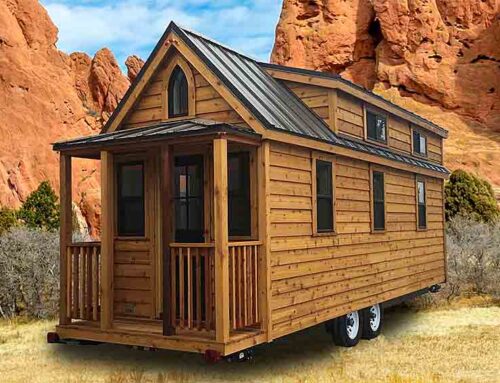
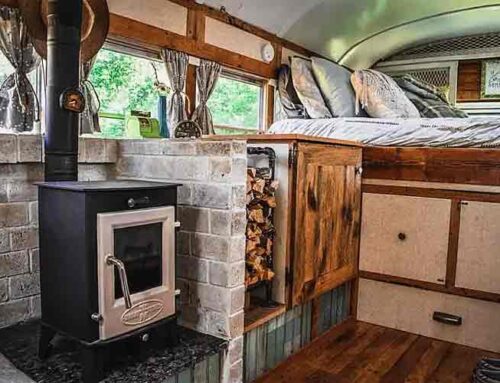
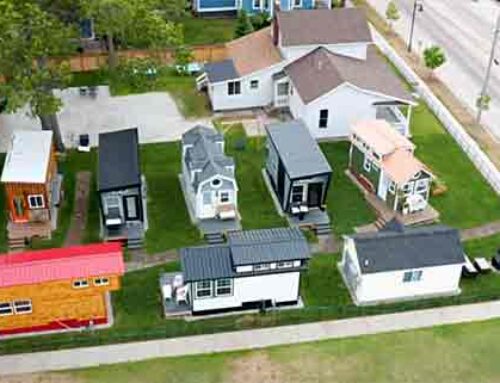
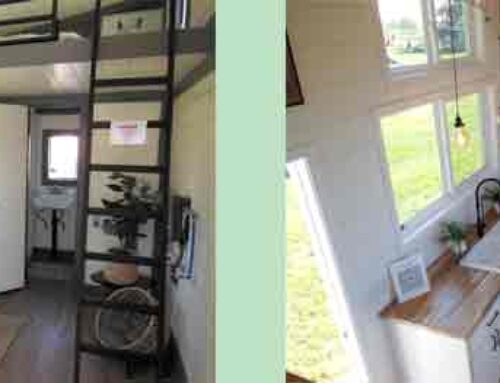
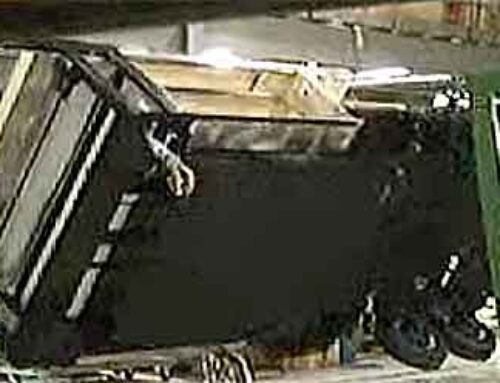
Leave A Comment